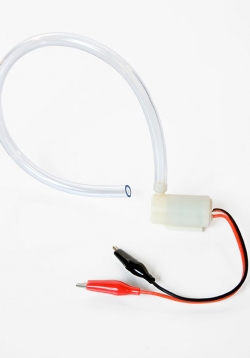Analyze Data and Draw Conclusions
Students have performed the investigation and will now analyze their data. They will accomplish this through a journaling activity that requires them to use the data collected from the actual races. The will refer to sentence frames in order to make...






